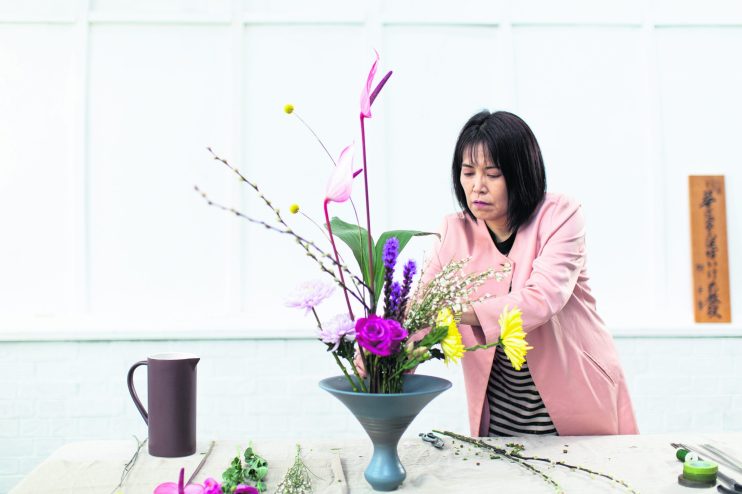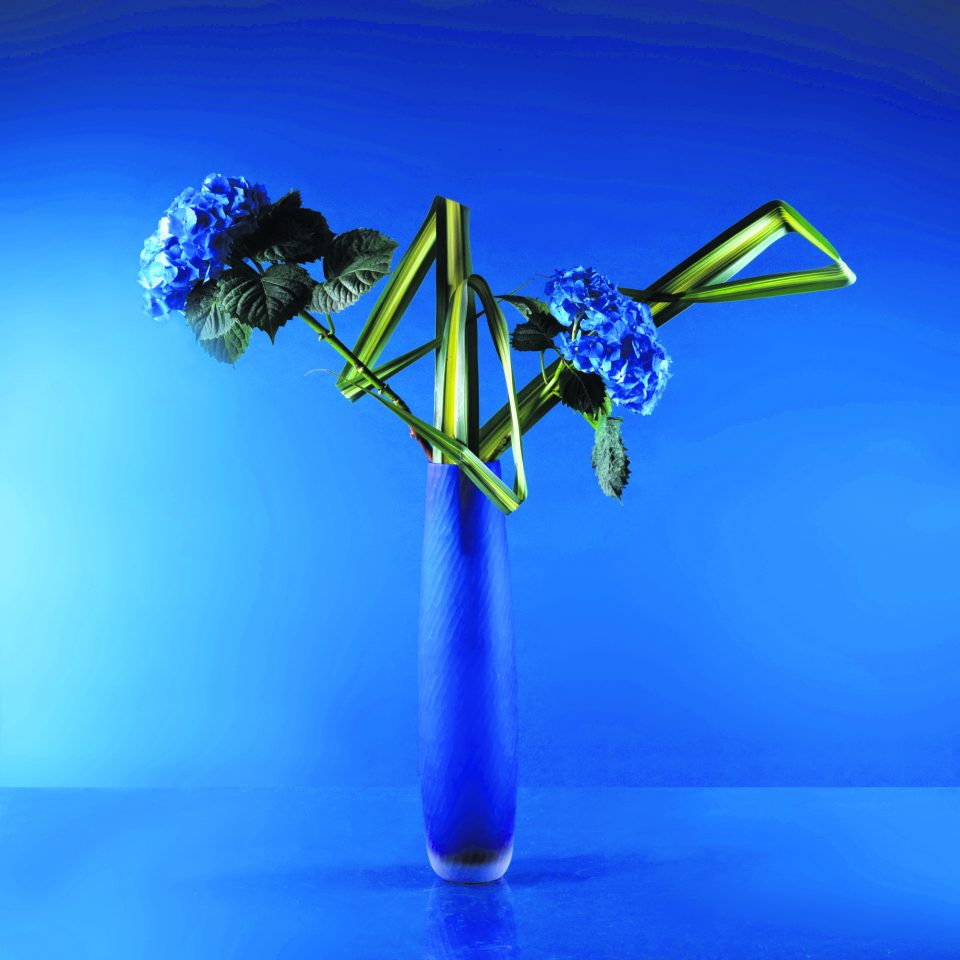Ikebana: We tried out the Japanese art of ‘mindful’ flower arranging

As Londoners wholeheartedly embrace houseplants, you might be trying to keep alive forests of greenery. But what about flowers?
In our mindful age, flower arranging has finally come out of the shadows of the WI. It allows us to slow down and consider the fragrance, touch, colour and form of each stem as we design a vase of cut flowers. No more stuffing a bunch in a pot.
Having a go at ikebana, the practice of Japanese floral art, I felt I’d made something really lovely that I’d never done before, in a matter of minutes – and you can keep tweaking it until you’re happy. It’s a tradition that goes back 550 years, to the time when the Ikenobō school – the largest ikebana school – was founded in Kyoto.
The website funnyhowflowersdothat.co.uk offers inspiration for enjoying flowers at home, and on Saturday 8 February they have ikebana professor Tomoko Sempo Yanagi leading a two-hour workshop.

I went along to a pre-launch session where we could take away our creations in a ceramic vase, along with the Japanese pin-plate that the stems stick into (which you keep re-using, unlike that ghastly green foam stuff florists used to use) – and all for £20.
All the cut flowers and stems were ready for us. Tomoko explained what we were aiming for, and we were able to study a few of her ‘this is what I made earlier’ arrangements in the room – a suitably zen, all-white gallery space in Japan House on Kensington High Street.
Tomoko said that a hundred years ago ikebana was practiced only by Japanese emperors and aristocracy, and definitely not by women. This began to change when the capital moved from Kyoto to Tokyo.
She said that ikebana is often perceived as minimal, yet it’s more about the appreciation of the space between and around the stems and their qualities. Western arrangements tend to fill the space, whereas ikebana is about incorporating space into the art.

As beginners, we would be working in the moribana (freestyle) tradition. Tomoko explained that standing flowers show power, and that we’d need tofocus on three elements: height, size and angles. Using stems of pussy willow (for winter) as our structure, she guided us to make the first stem tall, the second shorter and the third one-third the height.
Then off we go, cutting and placing. If something doesn’t look right, change it, bend it, cut it down. It’s easy to experiment (and do sneak a peek at your neighbour to see what’s working for them). In such a short time, I made something beautiful.
Once home, I was still perfecting it on the sideboard by adding and taking away. And something so delicate-looking lasted a week.
If tickets sell out or you want to do more, the top-notch London Flower School has regular workshops, including inviting the Sogetsu School to LFS on March 21.
Funny How Flowers Do That ikebana workshop with Professor Tomoko Sempo Yanagi, February 8, £20. Includes take-home floral arrangement, Japanese bowl and stand. Visit funnyhowflowersdothat.co.uk and bit.ly/IkebanaWorkshopFHFDT
The London Flower School’s next quarterly Ikebana workshop is on 25 March, £260. Visit londonflowerschool.com. For more on the Sogetsu School of Ikebana workshops, visit sogetsulondon.co.uk